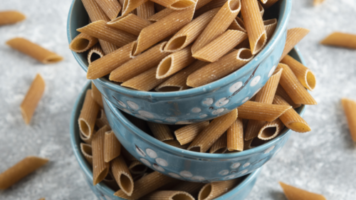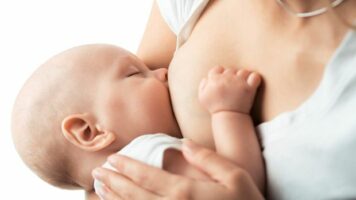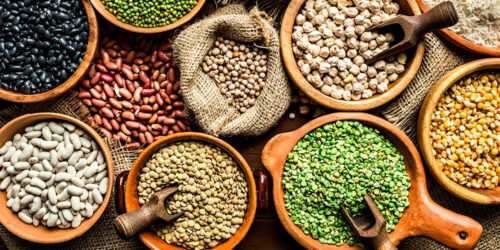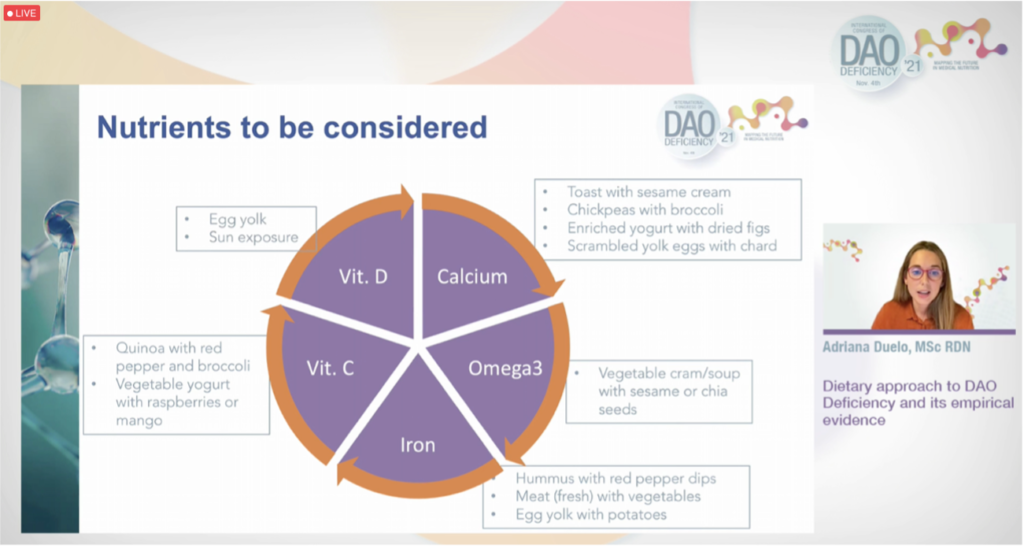Once the deficiency of the Diamine Oxidase (DAO) enzyme was diagnosed, we begin the treatment with a low-histamine diet and other amines that also promote its accumulation, such as putrestine or cadaverine. In addition, it will also be vitally important to take into account those foods that release endogenous histamine or blockers of the DAO enzyme.
The most prominent rich-histamine foods, defined as those that exceed 20mg of amine per kg weight, are: cold cuts, cava or champagne (in addition to alcohol, which acts as a blocking factor for the DAO enzyme), blue fish in the form of semi-preserved (herring or anchovies), cured cheeses, fermented vegetable products (sauerkraut, derived from soy such as tofu, sufu or tempeh) and some fresh vegetables like eggplant or spinach, among others.
High consumption of foods rich in other biogenic amines, such as putrescine or cadaverine, the two most competitive with histamine, could cause DAO saturation, preventing it from properly degrading histamine food. So, its intake should also be limited in a low-histamine diet. Those most prominent are: chocolate, orange, tomato, avocado, nuts and beer, among others.
Among the foods that release endogenous histamine, that is, the one located inside the mast cells, are citrus fruits, tomato sauce, shellfish, chocolate and egg white and milk, among others. The physiological mechanism is unknown, although it could be defined as a pseudo-allergy despite the fact that Immunoglobulin E is not involved.
In this sense, a low-histamine diet forces you, at least in a first phase, to do without some foods and, this fact, could cause a deficit of some nutrients. The nutrients that are most affected after following a low-histamine diet and that should be ensured that its recommendations are reached are: vitamin D, vitamin C, calcium, ironand omega-3. However, there are other foods or food combinations that are suitable in situations of DAO deficiency and that allow us to provide these nutrients:
- Vitamin D: mainly through sun exposure and the yolk of the egg, since the egg white is considered releasing endogenous histamine and, therefore, we must avoid it.
- Vitamin C: There is life beyond citrus! We can obtain vitamin C through red pepper, raw broccoli or watercress, as well as fresh parsley. Also from fruits such as black currant, custard apple, grape, raspberry or mango.
- Calcium: not all calcium ends up in milk, cheese and fish, but we can provide doses of this nutrient through sesame cream (tahin), enriched vegetable drinks (especially soy or oatmeal), fresh cheese goat, dried figs, fresh Wakame seaweed and chickpeas.
- Iron: in the case of iron, it is not only necessary to eat foods rich in iron, but it is also important to help the body absorb it. For example, it is key not to forget to combine a vegetable source of iron, such as legumes (mainly beans, chickpeas and lentils) or millet, with foods that include a high dose of vitamin C (red or green pepper and parsley). Other sources of iron suitable for DAO deficiency of animal origin are egg yolks and fresh meat.
- Omega-3: flax or chia seeds are apt for a DAO deficit and turn out to be essential allies of our cardiovascular health, reducing cholesterol and blood pressure.
However, if through diet is not possible to reach the requirements of the different nutrients, supplementation will be necessary. For example, in most cases we recommend to add omega 3 pearls due to the difficulty of finding low-histamine foods and rich in this fatty acid. In the same way, supplementation with DAO enzyme tablets before meals is also valued, since the improvement of the patient progresses faster by combining diet and supplementation.





Great info what omega peals are the ones recommended . Thanks
Hi Karina,
The recommended type of omega-3 depends on each individual case. We wrote an article about omega-3 in low-histamine diets, which you can read through this link: https://www.adrianaduelo.com/en/omega-3-in-low-histamine-diets/.
Best regards!